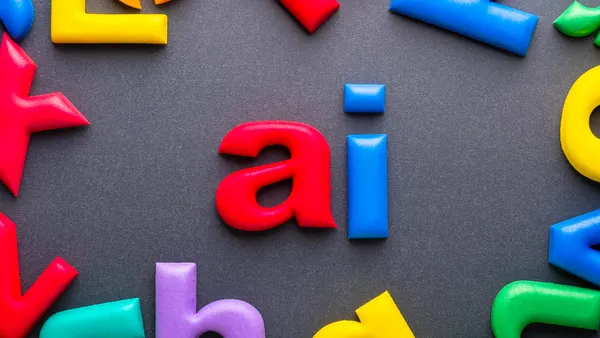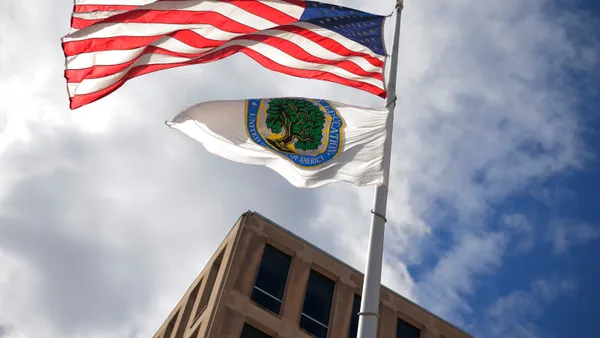Dive Brief:
- Toni Olivieri-Barton, library technology educator at the private Fountain Valley School in Colorado, is among those featured in a book called “The Global Educator: Leveraging Technology for Collaborative Learning and Teaching.”
- The Gazette reports Olivieri-Barton created a program called Mystery Skype, which lets two classrooms connect without knowing where either is so the students can ask a series of yes or no questions to figure it out.
- While connecting students to talk and learn about each other is one possibility with global classrooms, Julie Lindsay, author of “The Global Educator,” says the ultimate goal is to embed global projects into everyday learning, giving students the opportunity to solve problems together.
Dive Insight:
Forging international connections is one way schools and districts are moving to School 2.0, preparing students for the global economy in which they will one day work. The internet provides an incredible opportunity to let students do or see things they otherwise would not be able to. Working on collaborative projects with students halfway around the world creates a level of familiarity between students of two cultures that are not necessarily represented in each other’s schools.
Virtual field trips are another aspect of this same idea. Google has recently added new Expeditions to its catalog, and Microsoft has a growing list of destinations through Skype in the Classroom. Whether they capitalize on virtual reality technology or not, these trips give students a chance to see and explore places they may never step foot.






 Dive Awards
Dive Awards







